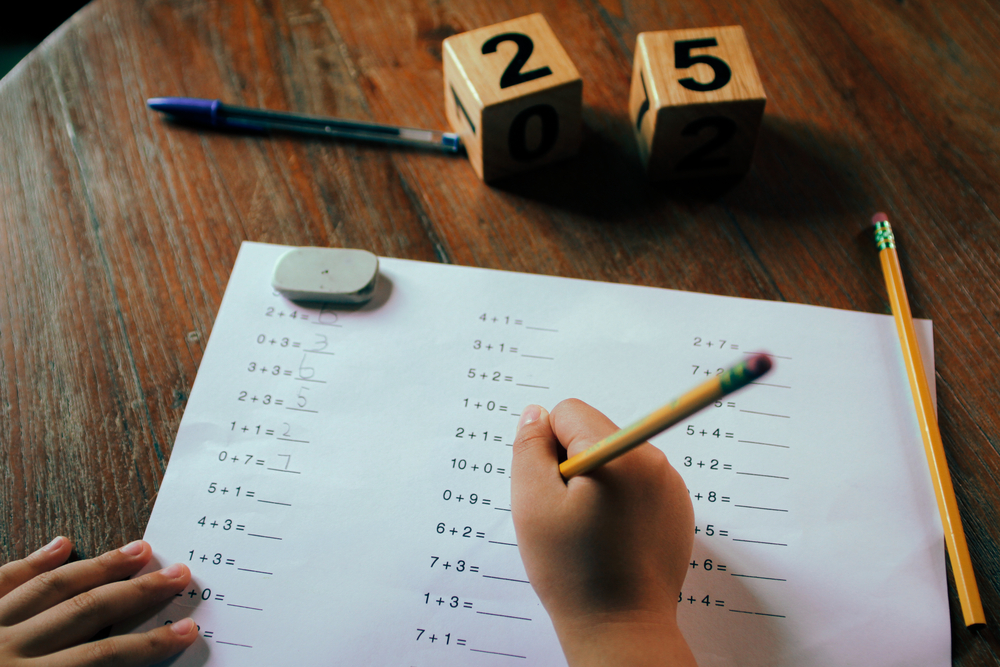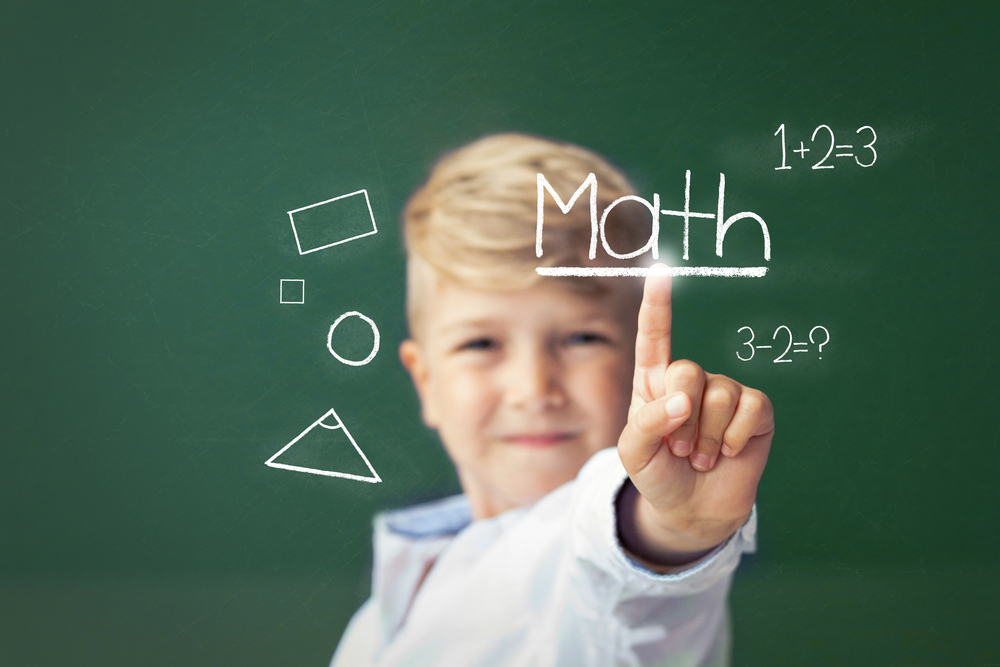Visual learning enhancement Math Worksheets for Ages 7-8
4 filtered results
-
From - To
Elevate your child's math proficiency with our Visual Learning Enhancement Math Worksheets, expertly designed for ages 7-8. Our engaging, visually rich worksheets focus on building foundational skills in a fun and interactive way. Each sheet incorporates colorful graphics and intuitive diagrams to help young learners grasp complex math concepts effortlessly. From number patterns to geometry, our printable worksheets promote a deeper understanding and retention of mathematical principles. Tailored to align with educational standards, they ensure your child stays ahead and enjoys the learning journey. Give your child the gift of visual learning and watch their math confidence soar!
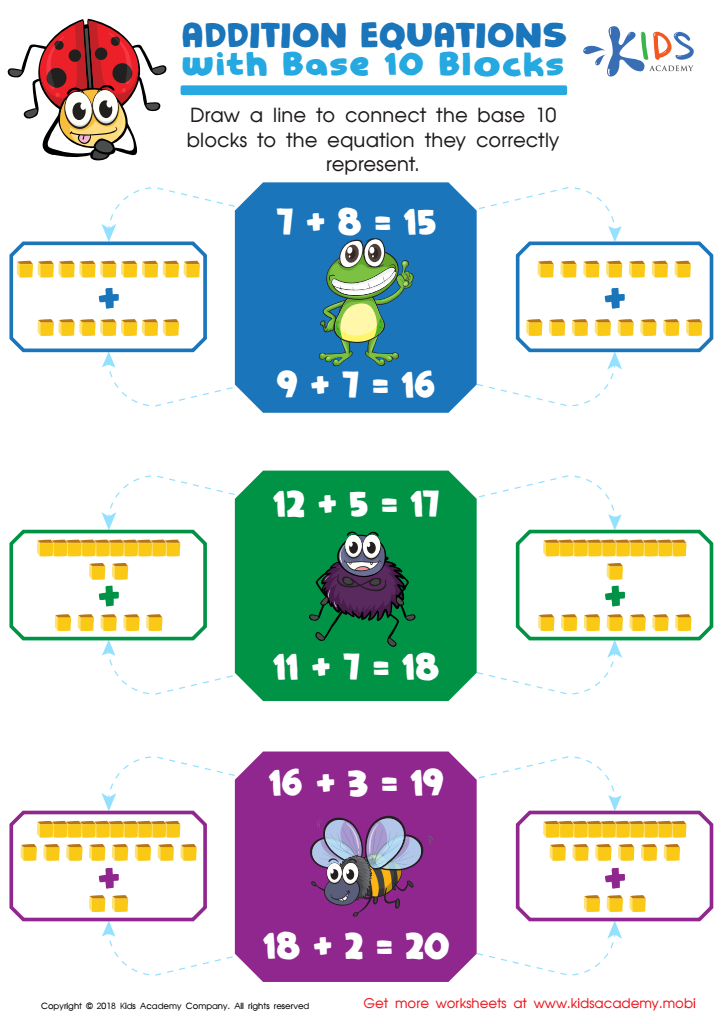

Addition Equations With Base 10 Blocks Worksheet
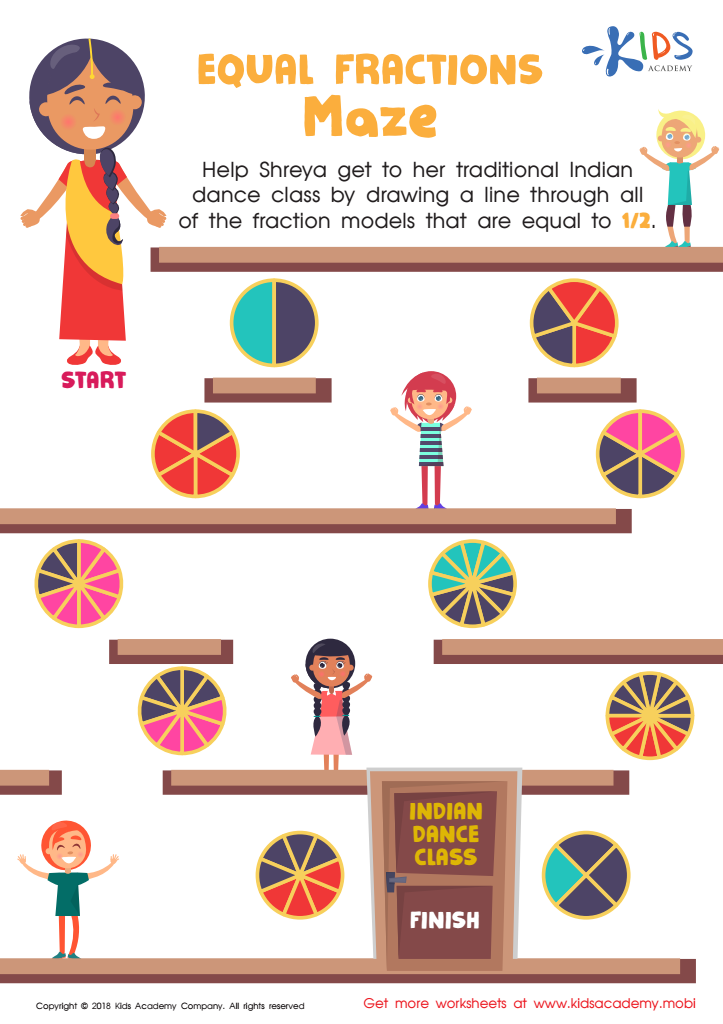

Equal Fractions Maze Worksheet
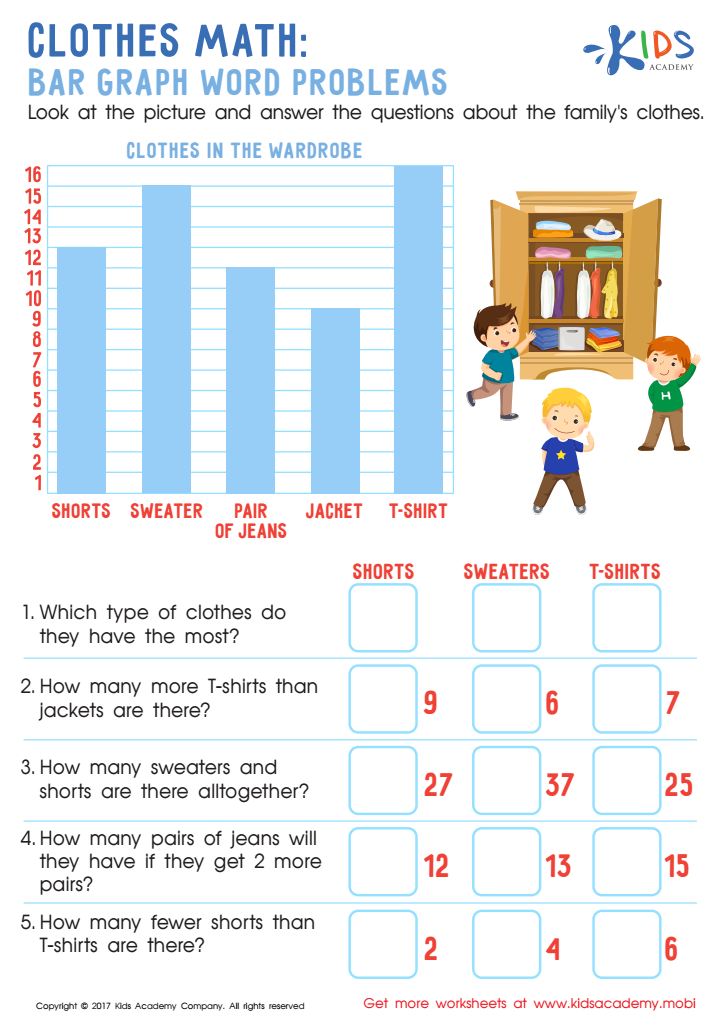

Clothes Math: Bar Graph Word Problems Worksheet
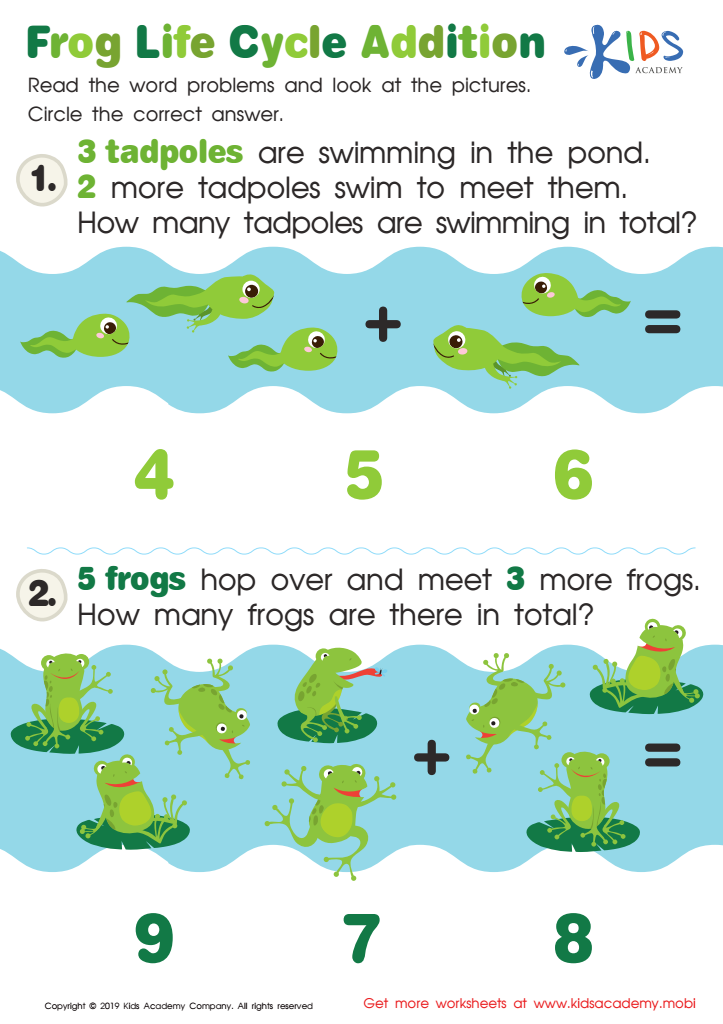

Frog Life Cycle Addition Worksheet
Visual learning enhancement in math is pivotal for children aged 7-8 because it leverages their natural ability to process and understand visual information. During these formative years, kids are transitioning from concrete to more abstract thinking, and visual aids can bridge this gap by making complex concepts more accessible and engaging.
By using visual tools such as charts, graphs, and pictograms, children can better grasp mathematical concepts like addition, subtraction, multiplication, and division. These tools make abstract ideas tangible, aiding memory retention and comprehension. When children see math problems in a visual context, they are more likely to understand and recall them effectively.
Additionally, visual learning can accommodate diverse learning styles and needs. Not all children excel in textual or auditory learning; some grasp information better through visualization. Incorporating visual elements ensures that every child has the opportunity to succeed, thereby boosting their confidence and interest in math.
Furthermore, visual learning stimulates critical thinking and problem-solving skills. Children learn to analyze, interpret, and apply mathematical information in varied contexts. This form of learning also encourages creativity, making math a more enjoyable and less intimidating subject.
Incorporating visual learning in math ensures comprehensive understanding, fosters a positive attitude towards the subject, and lays a strong foundation for future academic success.
 Assign to My Students
Assign to My Students




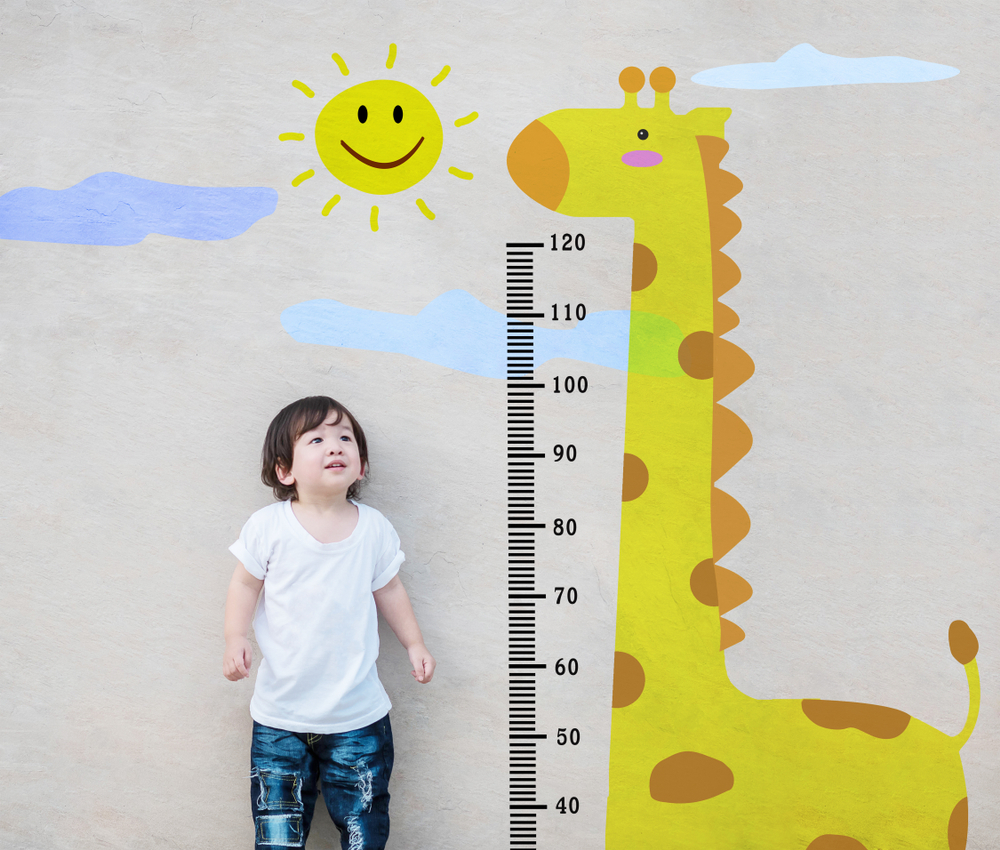
.jpg)
